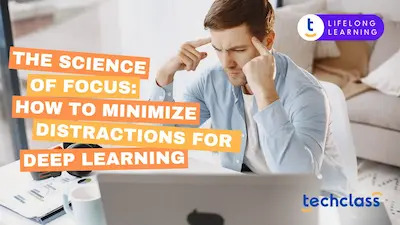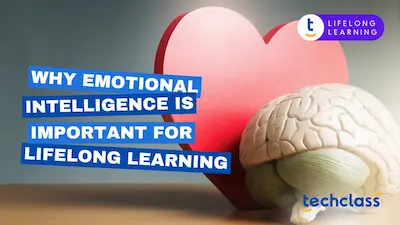
In today's fast-paced world, the lines between formal and informal learning are blurring more than ever. As professionals, we find ourselves at the crossroads of structured education and spontaneous, everyday learning experiences. This intersection isn't just a meeting point, it's where the magic happens, where our skills, knowledge, and mindset truly evolve.
Entrepreneurial education, with its emphasis on continuous growth and adaptability, offers a fascinating perspective on how we can strike the right balance between these two essential forms of learning.
Think of formal education as the foundation of your learning journey. This is where the structure comes in, degrees, certifications, and courses designed to systematically build your expertise. It's like the sturdy framework of a house, carefully constructed by expert instructors and backed by established institutions. Formal learning gives you the credibility and the structured knowledge base you need to thrive in your professional life.
On the flip side, informal learning is where creativity and spontaneity take the lead. It’s the unplanned, often serendipitous learning that happens in the nooks and crannies of life. Whether it's diving into a thought-provoking article, catching a YouTube tutorial, or having an enlightening conversation over coffee, informal learning is all about those "aha" moments that catch you off guard. It's less about structure and more about exploration, making it just as essential as its formal counterpart.
When it comes to learning, it’s not about choosing between formal and informal methods, it’s about finding the right mix. Here’s how you can create a balanced learning strategy that’s both comprehensive and flexible:
Consider learning as a dynamic ecosystem instead of a series of separate events. Combine your formal education with informal learning opportunities to enhance your understanding. For instance, while preparing for a professional certification, you can also participate in webinars, read industry-specific books, and join online discussion groups. This approach improves both your understanding and creativity, providing you with a well-rounded perspective.
Take charge of your learning journey by creating a personalized roadmap. Identify areas where your formal education may be lacking and fill those gaps with specific informal resources. For example, if you're interested in leadership development, you could complement formal courses with TED Talks, leadership podcasts, and conversations with mentors. This method ensures that your learning is in line with your personal and professional objectives.
The digital world provides numerous learning opportunities. Platforms such as LinkedIn Learning, Techclass, and Udemy offer a wide range of content covering business skills to creative arts. By integrating formal online courses with informal content like podcasts or audiobooks, you can customize your learning experience according to your interests and learning style.
Learning doesn’t happen in isolation. Engage with others by forming study groups, joining online forums, or participating in book clubs. These collaborative environments allow you to share insights, ask questions, and learn from different perspectives, effectively bridging the gap between formal and informal education.
Remember to regularly reflect on your learning journey. Ask yourself: Are you balancing theory with practice? Are you applying what you've learned in real-world scenarios? By regularly assessing your progress and making adjustments, you can ensure that your learning remains relevant and practical.
Some companies blend formal training with informal learning opportunities by offering online courses alongside mentorship programs and on-the-job training. For example, a new manager might take a leadership course while also shadowing a senior executive to learn through observation and experience.
Participating in a hackathon combines formal problem-solving techniques with informal collaboration. You’ll apply structured methodologies learned in courses or work while engaging in creative brainstorming with peers. This environment fosters both technical skills and innovative thinking.
Volunteering for community projects can blend formal and informal learning in unique ways. For instance, organizing a charity event might involve applying project management principles (formal) while also learning soft skills like communication and empathy through hands-on interaction (informal).
Balancing formal and informal learning is crucial for cultivating innovation, resilience, and adaptability in both your personal and professional life. It's not about choosing one over the other; instead, it's about integrating a diverse range of learning experiences that support and enrich each other.


